I am making an angular http post to an API which like this
$http({
method: 'POST',
url: 'http://api/ClientEndpoint',
data: register,
headers: { 'Content-Type': 'application/x-www-form-urlencoded' },
transformRequest: function (obj) {
var str = [];
for (var p in obj)
str.push(encodeURIComponent(p) + "=" + encodeURIComponent(obj[p]));
return str.join("&");
}
}).error(function (data, status, headers, config) {
alert(data);
});
which is returning the following response
But I am not able to store the response path in a variable. How can I do that?
It is cross domain scenario and this is the response being showed in chrome console

I want to access store the ClientEndpoint value
